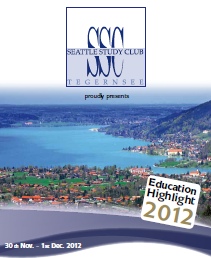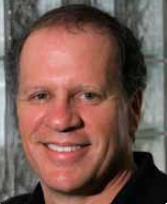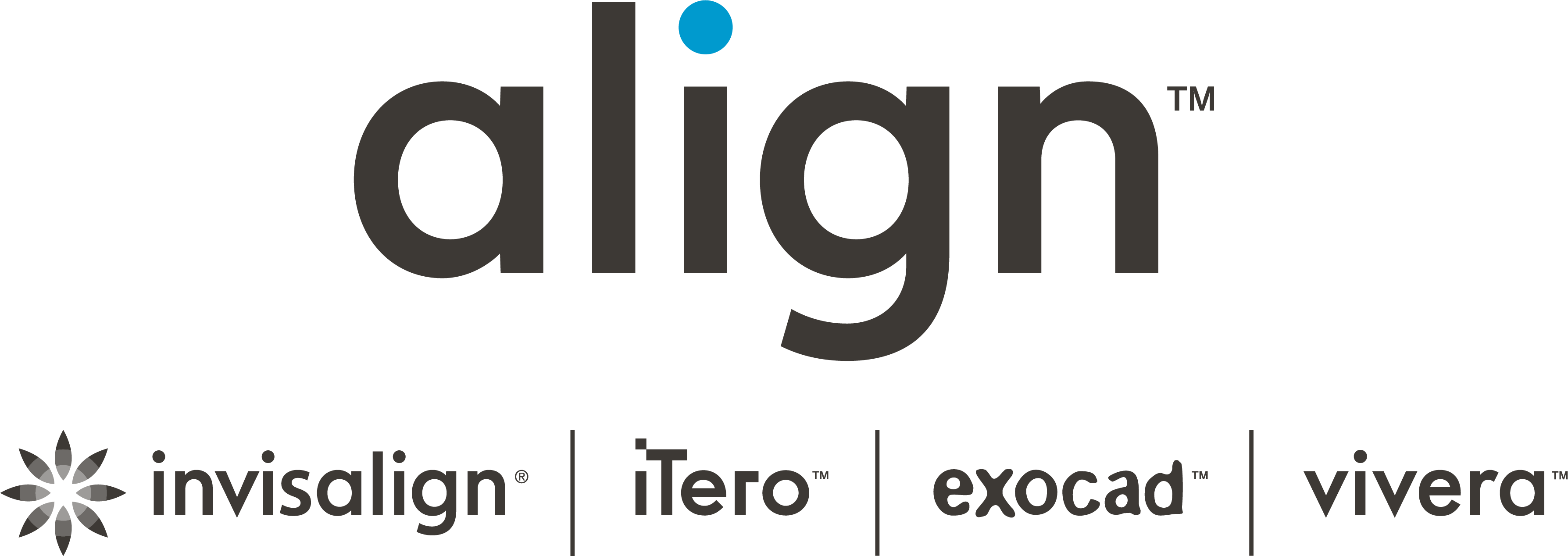Education Highlight with Dr. Sonia Leziy and Dr. Brahm Miller
An architectural plan for creating ideal implant esthetics: a vision for success and change
Location: Adelhofstrasse 1, 83684 Tegernsee, 3rd floor
 Conventional concepts in esthetic restorative treatment generally focus on establishing ideal tooth form and colour. Often overlooked is the challenging interplay with the surrounding gingival framework. An understanding of how to treat and enhance tissue form in conjunction with conventional restorative and implant treatment is a crucial element to a highly successful esthetic result. more info & registration
Conventional concepts in esthetic restorative treatment generally focus on establishing ideal tooth form and colour. Often overlooked is the challenging interplay with the surrounding gingival framework. An understanding of how to treat and enhance tissue form in conjunction with conventional restorative and implant treatment is a crucial element to a highly successful esthetic result. more info & registration


Educational Objectives
This course will emphasize strategies to idealize the esthetic outcome of treatment from surgery to case completion, and how the surgical-restorative team´s vision and interaction can positively impact treatment outcomes. Specific topics to be addressed include:
- Hard tissue regeneration procedures and outcomes.
- Implant positioning: the critical impact on esthetic success.
- Improving hard and soft tissue stability through implant design and abutment design.
- Soft tissue management to ensure long-term tissue stability.
- Provisionalization: Fine tuning the soft tissue form.
- Optimizing gingival tissue health and esthetics: zirconia abutments and all-ceramic restorations.
Managing common surgical and restorative complications associated with implant treatment
This course will focus on common clinical dilemmas that may be encountered in the course of implant treatment. Cases will be used to highlight the following problems and their management: (1) Complications associated with bone/soft tissue grafting will be illustrated along with the management approaches that may be considered to correct poor tissue healing outcomes; (2) Incorrect implant positioning can produce poor esthetic outcomes around an implant or adjacent teeth. Whether these problems can be corrected or minimized with surgical or prosthetic procedures will be discussed. A decision blueprint as to when to implement corrective surgical procedures to regenerate hard/soft tissue defects or remedial prosthetic steps to ‘mask’ a problem versus implant removal and revision of the treatment plan will be presented. (3) Although many restorative complications often stem back to surgical errors, some tissue health complications originate in the restorative phase of treatment. Two of the most common complications is peri-implant mucositis and implantitus, often triggered by cement trapping. Excess cement removal or at times replacement of the restoration is critical to long term tissue health. Techniques to avoid this complication through prosthesis design will be discussed. (4) Some of the problems encountered today are linked to restorative material properties and introduction of structural flaws through mishandling by the restoring dentist and lab technician. Methods to minimize substructure failure and porcelain crown fracture will be examined.
Educational objectivesFollowing this lecture, participants will gain a better understanding of common surgical and restorative complications in implant therapy and the typical strategies to correct these problems and as importantly how to circumvent them.
- Recognize healing problems associated with complications that arise after bone grafting procedures and understand how to minimize loss of soft and hard tissue.
- Recognize when implants have not been ideally placed 3-dimensionally and identify the impact on hard/soft tissues and the esthetic outcome of treatment. Participants will develop a better understanding of which problems can be maintained or corrected and which positional problems can only be dealt with by implant removal.
- Recognize when excess subgingival cement is inadvertently left around implant abutments through clinical and radiographic assessment, and importantly understand the treatment hierarchy to address this.
- Understand that porcelain fractures can occur with PFM or ceramic restorations, but that substructure or porcelain fractures can be minimized through occlusion, substructure design and care in material modification.





